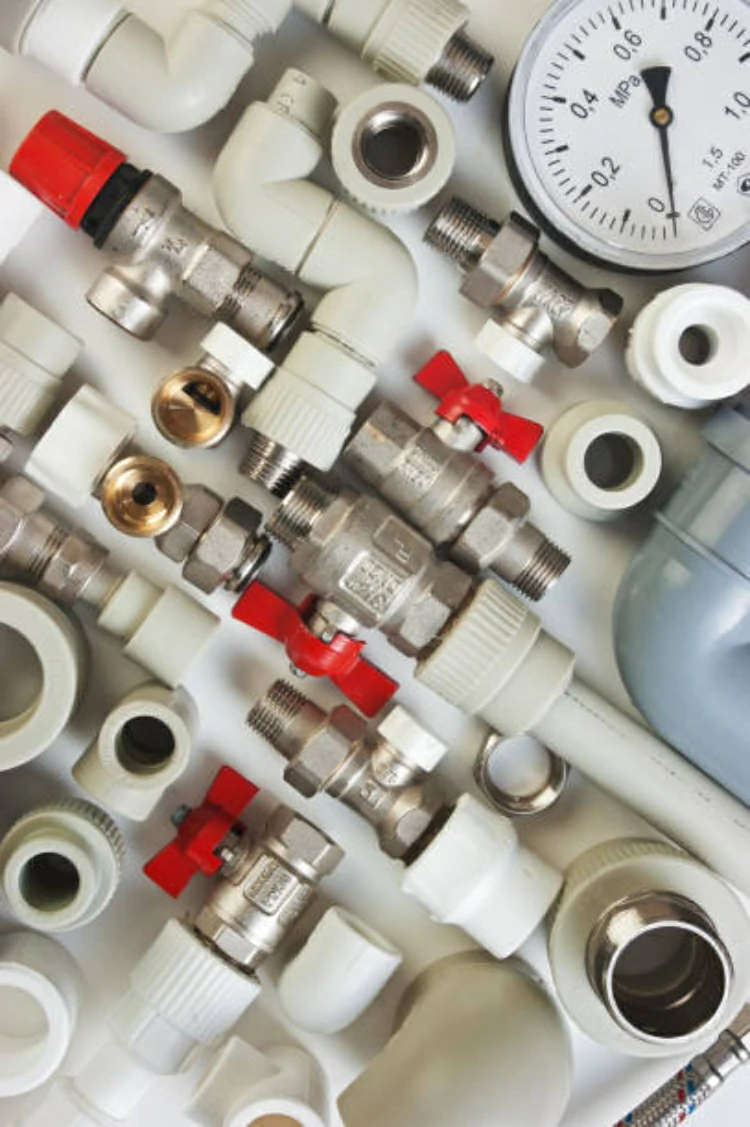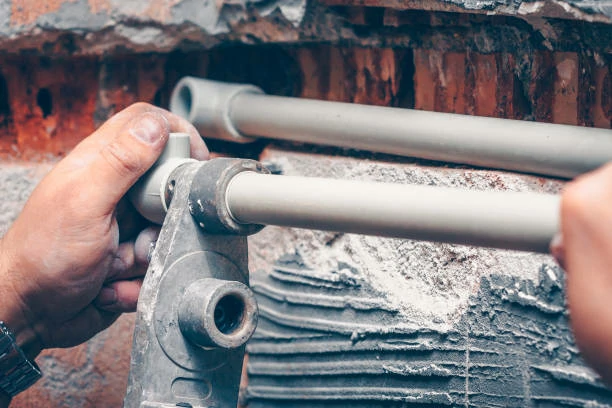Brass ball valves are vital in industrial, commercial, and residential applications for their reliable and efficient fluid flow control. To comprehend their functionality fully, it’s essential to delve into their working principles and structural components. In this article, we’ll dissect the working principle and structure of brass ball valve, shedding light on their inner workings.
1. Working Principle
1.1 Rotational Motion Control
- Rotation Mechanism: Brass ball valves operate on a rotational motion principle, where a hollow, perforated, and pivoting ball controls the flow of fluids through the valve.
- Handle Operation: Users can rotate the handle on the valve stem to align the ball with the pipe for fluid flow or perpendicular to it to block the flow.
1.2 On/Off Functionality
- Full Bore Design: Brass ball valves typically feature a full bore design, ensuring minimal flow restriction when fully open and complete shut-off when closed.
- Quick Action: The simple operation of turning the handle results in swift opening or closing of the valve, allowing for immediate control over fluid flow.
2. Structural Components
2.1 Ball Structure
- Solid Ball Design: Brass ball valves consist of a solid, spherical ball with a cylindrical hole bored through its center, known as the bore.
- Sealing Surfaces: The bore contains sealing surfaces that ensure a tight seal when the ball is rotated to the closed position, preventing leakage.
2.2 Valve Body
- Robust Construction: The valve body, typically made of brass or other corrosion-resistant materials, houses the ball and stem assembly.
- Inlet and Outlet Ports: It features inlet and outlet ports where pipes are connected, allowing fluid to enter and exit the valve.
2.3 Stem and Handle
- Connection to Ball: The stem connects the valve handle to the ball, transmitting rotational motion from the handle to the ball.
- Operating Mechanism: The handle provides leverage for easy operation, allowing users to control the position of the ball within the valve body.
3. Advantages of Brass Ball Valves
3.1 Durability and Reliability
- Longevity: Known for robust construction and corrosion resistance, brass ball valves offer reliable performance in harsh environments.
- Low Maintenance: With minimal moving parts and sturdy materials, brass ball valves require little maintenance, reducing downtime and operating costs.
3.2 Versatility
- Wide Applications: Brass ball valves find applications in water supply systems, HVAC systems, industrial pipelines, and more.
- Compatible with Various Fluids: Brass ball valves offer versatile solutions for diverse industries, handling fluids such as water, oil, gas, and chemicals.
Conclusion
Brass ball valves operate on a simple rotational motion principle, ensuring quick and reliable fluid flow control. Their robust construction, including a solid ball, valve body, stem, and handle, guarantees durability. Widely used across numerous industries, they offer efficient fluid control solutions due to their compatibility with various fluids. Understanding their working principles and components is essential for maximizing performance in any application.
Contact
IFANPLUS is a specialized product series launched by IFAN, primarily covering plastic pipes, fittings, and various types of valves. We offer PPR and PVC pipes in German and American standards, ensuring the high quality and reliability of our products. IFANPLUS valve products include a variety of valves, from PPR valves to other diverse copper valves, catering to your specific requirements. Whatever product you need, IFANPLUS will be your reliable partner. Here is our contact information.
We will reply your email or fax within 24 hours.
You can call us at any time if there is any question on our production.
For more information,pls visit our webside https://www.ifanplus.com/
Pls Mailto: [email protected]






